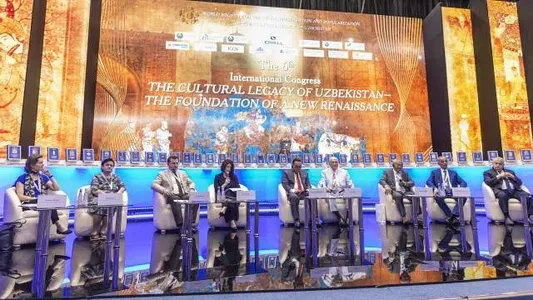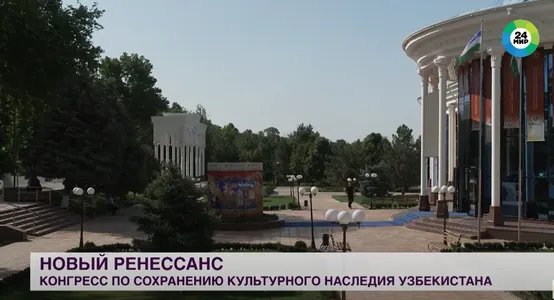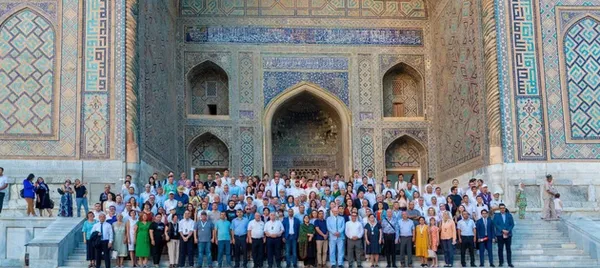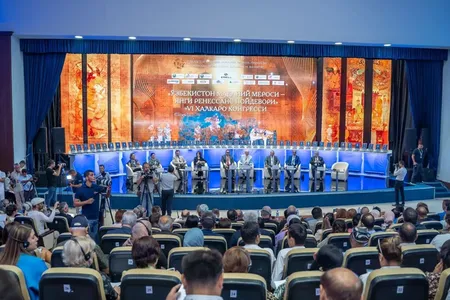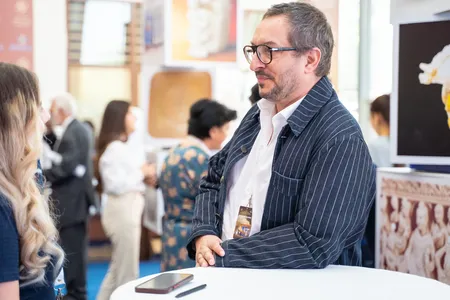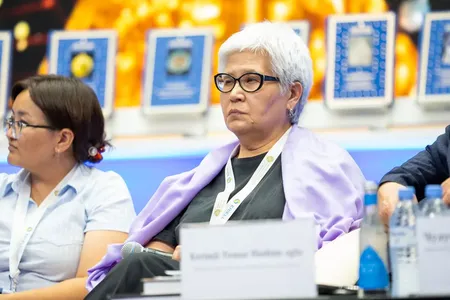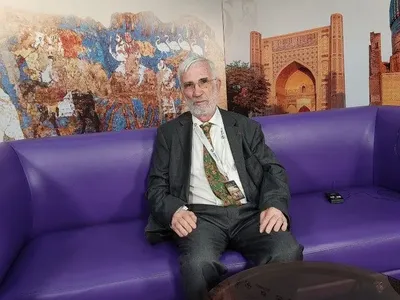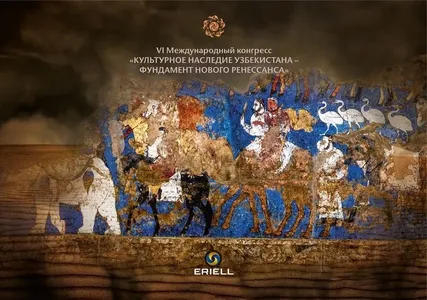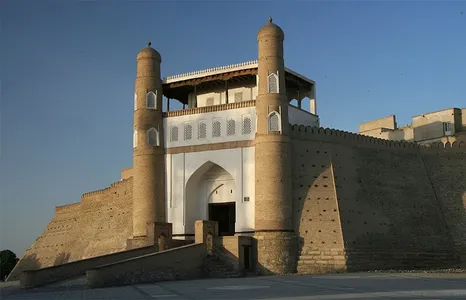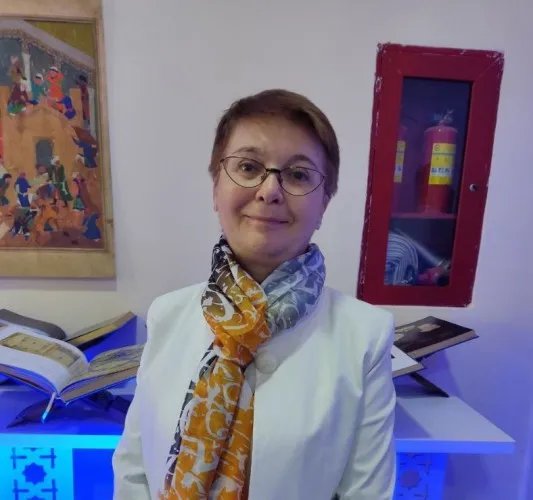
As a participant of the 6th International Congress of the World Society for the Study, Preservation and Promotion of the Cultural Legacy of Uzbekistan, Lilia Sattarova made a presentation "On the history of the formation of 'Turkestan' collections in the national collection of the Republic of Tatarstan."
- This is my first time in Samarkand and in Uzbekistan in general, and I must say that I am amazed by this city. This is an unforgettable experience for a lifetime, because we, as historians, study all this, but to see all this with our own eyes - wonderful monuments of the history of this city, the scale of all these achievements and architecture - this is utmost important for us. I am grateful to the organizers of the Congress for this opportunity.
Speaking about our participation in the project, I will say that back in 2017 our museum received a letter from the World Society for the Study, Preservation and Promotion of the Cultural Legacy of Uzbekistan, signed by Academician Edward Rtveladze, and we began to identify items from our collections which can be associated with Uzbekistan.
We found a lot of items of the 20th and 21st centuries, but we were more interested in items of an earlier period, characterizing the development of crafts, showing the aesthetics of textiles and jewelry. And as a result of the great work of the museum staff, it was possible to form a collection for participation in this project. 56 items from our collection were selected for the new book-album - these are art metal, clothing, embroidery, jewelry and ceramics. That is, very interesting samples testifying to the deep connection and interpenetration of our cultures. After all, it was not for nothing that people said that every second inhabitant of Central Asia was wearing Kazan boots. I found this confirmation in the Samarkand Museum, where these boots are on display.
Of course, I must say about the project Cultural Legacy of Uzbekistan in the World Collections itself - it is absolutely unique and, as far as I understand, has no analogues in the world. So, it is difficult to overestimate. And, probably, this is the dream of every museum and university - to have in its collection such volumes that are a priceless treasure, as they carry a huge amount of information.



